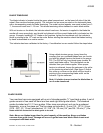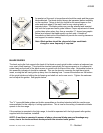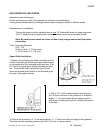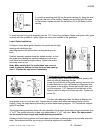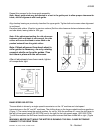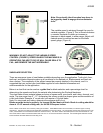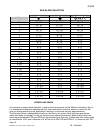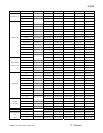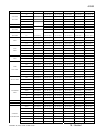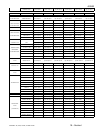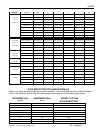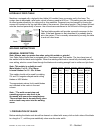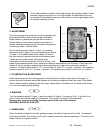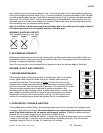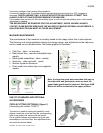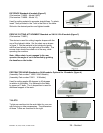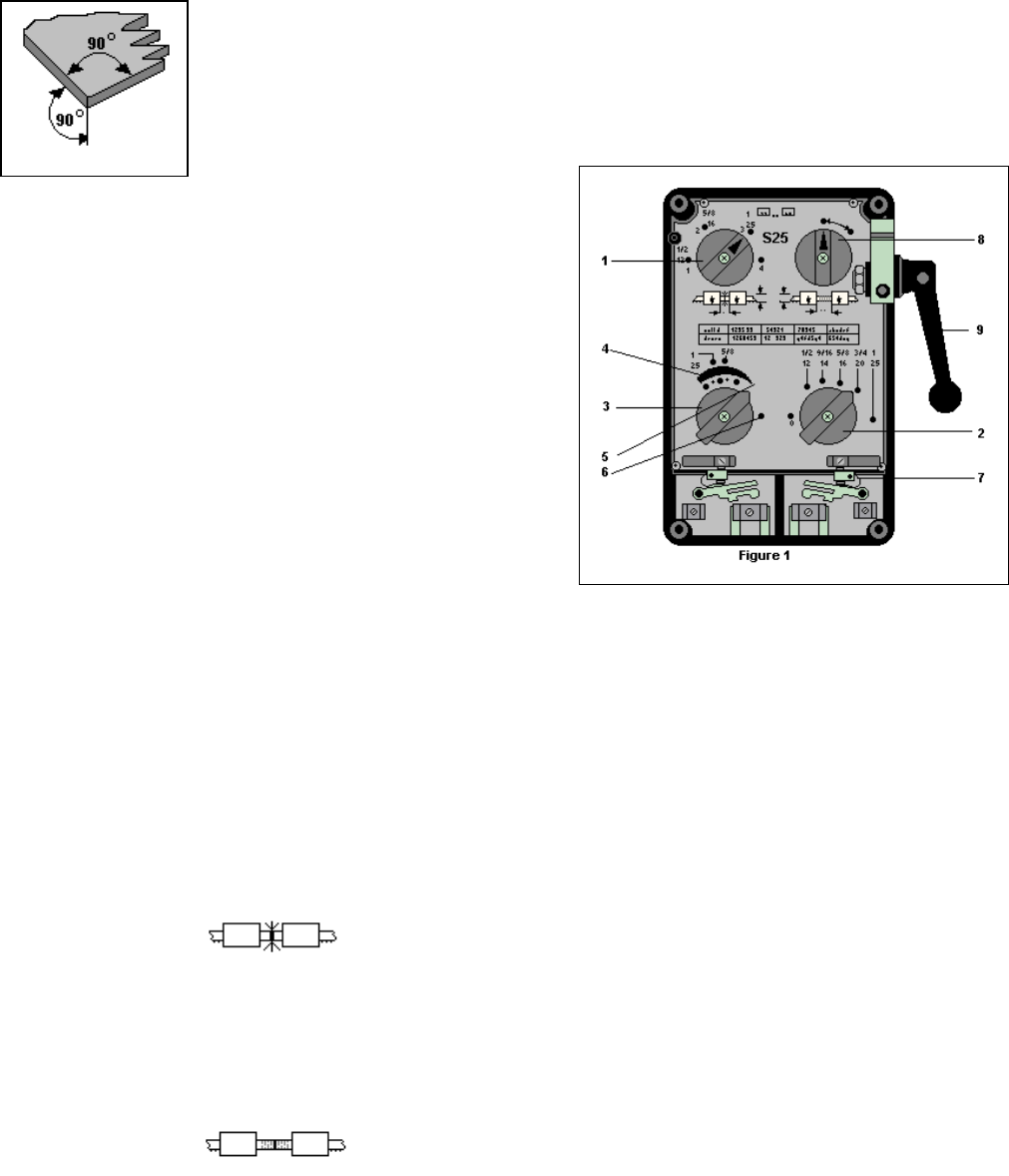
4/29/03
Manual V-16, V-24, VH-24, V-40 & VH-40 22 – Section I
Cut the blade ends accurately and at right angles. (See graphic below) Check
abutment against the stop for a cut at right angles. Proper welding can only
be achieved if the blade ends are cut with out a burr and at right angles. (Also
see trouble shooting section)
2. ADJUSTMENT
The initial jaw gap and upset force must be adjusted and
proportioned to the cross sectional area of the blade
being welded. A greater jaw gap will allow a wider or
thicker blade to reach proper welding temperature. A
greater upset pressure produces the same unit pressure
in welding a wider or thicker blade.
Set the welding current switch (1 figure 1), upsetting
pressure switch (2 figure 1) and the upsetting way switch
(3 figure 1) to the blade width to be welded. In view of
the wide range of material qualities and thickness scale
values are only guide values, which have been
calculated for commercial blades of 0.65 mm thick. Trial
welds should determine the correct settings for different steel qualities and thickness. Particularly thin
blades (0.4 mm) should be welded with a short upsetting way, high current and weak upsetting
pressure. Example: Blade width is 1/2”. Current switch is set to 1/2” (number 1) position. The upsetting
pressure switch is set to 1/2” (number 1) position. The upsetting way switch is set to the 1/2” position.
3. CLAMPING THE BLADE ENDS
Insert the blade ends in the clamping jaws so that the joist is exactly in the center of the jaws. To
protect the jaws the blades should be inserted so the teeth are aligned at the front stops. Only blades
without teeth should be aligned at the rear stops. Leave slack in the blade coil, the blade must be free
so it can move easily during welding.
4. WELDING
Turn the upsetting switch (3 figure 1) past the position (5 figure 1) to welding (6 fig. 1) and lock it for
about 3 seconds until the welding is completed. The current is switched off automatically.
Sparks spray out during welding, therefore stand at the side of the machine.
WARNING: BLADE WILL BE HOT!
5. ANNEALING
When the blade is heated in the butt welding process, the steel at the point of the weld “air hardens”
and becomes brittle. The anneal on/off knob is used to anneal the weld by reheating it. This returns the
blade close to its original condition.



